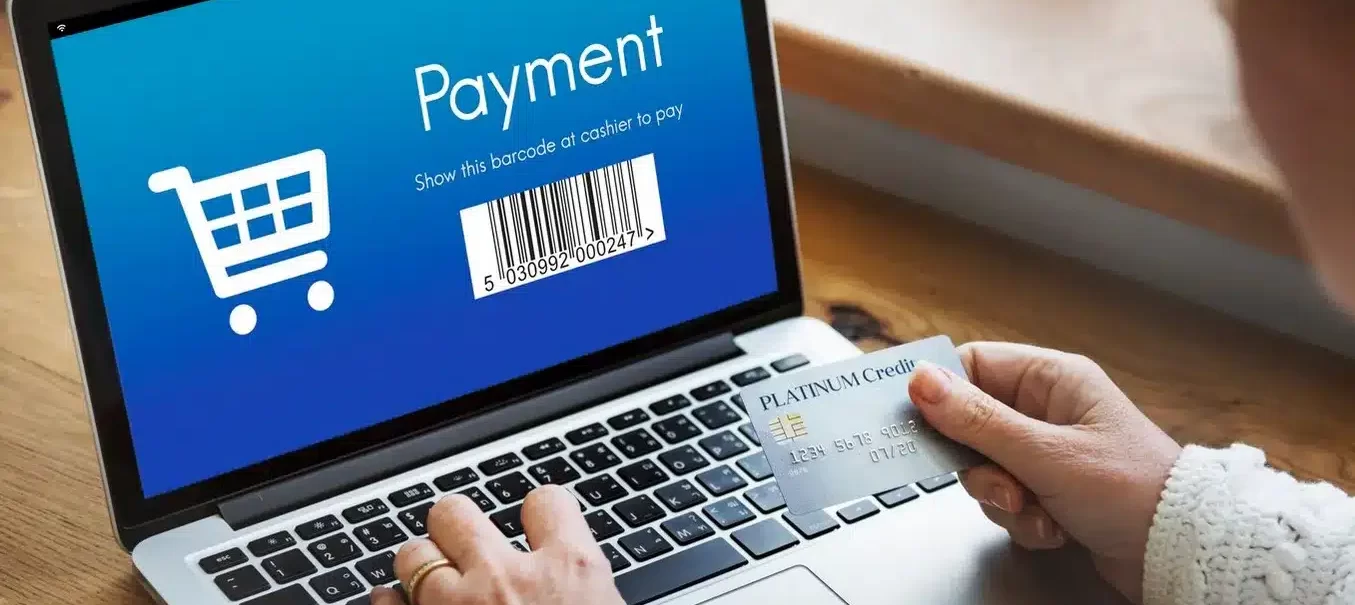Have you ever stood there, quite literally, scratching your head and thinking if there was ever a need to establish a hierarchy in terms of supremacy in the realm of business operations? It would really be a hard decision to figure out who dons the crown between procurement and purchasing. Both words are interchangeably used to substitute each other; however, they mean different things and tend to operate in different capacities that can be detrimental to the overall organization’s bottom line.
Well, this blog post sets the stage for an informative standoff: Procurement vs. Purchasing. But, we are going to delve into details on each process and explain why each of them is making a difference from the other, and with you, we will understand which of them is going to be the game-changer in your business. So, getting down and into these activities would help ensure that we are well-oiled in these areas and that we make the right choices for our successful business.
Table of Contents
What is Procurement?

In general, procurement is the whole process that involves inherent activities. It is an activity that entails the buying or purchasing of goods, services or works from outside sources that are required in the first place for effectiveness, cost-effectiveness, and positive relations with suppliers. Usually, the process starts from the first identified need or requirement.
The procurement journey includes these critical steps:
- Identifying internal requirements.
- Conducting market research to identify potential vendors.
- Compiling a list of approved suppliers.
- Initiating the creation of an online purchase order.
- Soliciting and evaluating bids or quotations.
- Choosing the best supplier and negotiating terms.
- Receiving and inspecting the delivered goods for quality.
- Managing contractual agreements and ensuring compliance.
- Approving invoices and adhering to payment schedules.
- Cultivating and maintaining robust relationships with suppliers.
All these processes are dedicated to the need for the acquisition of goods or services, optimization of costs, reduction of the procurement cycle, and establishing relations with a vendor, which should be beneficial for all parties involved.
What is Purchasing?

Buying is a set of defined activities by which a firm acquires all the necessary items and services it needs. It is a substantial part of the more extensive purchase system, which focuses on the operational aspect of procurement. This process covers the following tasks: from placing orders and ensuring prompt delivery to inspecting goods received and processing payments.
The purchasing process can be broken down into the following key steps:
- Initiating a purchase requisition to kickstart the buying process.
- Soliciting and assessing bids and quotes from potential suppliers.
- Issuing formal purchase orders to confirm transactions.
- Accepting and inspecting the delivered goods or services to ensure they meet specified requirements.
- Processing payments to suppliers, finalizing the financial aspect of the transaction.
Unfolding Distinctions Between Procurement and Purchasing

The phases of procurement management involve the procurement and purchasing of goods or services that might be interpreted to be the same thing. However, the strategies and methodology that an organization chooses over time make it a vast subject. Here is a comparative overview of the main differences between procurement and purchase:
| Procurement | Purchasing |
| Tasks involved in obtaining goods and services. | Duties connected to the purchase of goods and services. |
| Phases that occur pre-purchase, at the time of buying, and post-purchase. | The direct routine of acquiring products. |
| It is implemented in a manufacturing setting (an internal procedure). | Applied in a bulk distribution context (an external operation). |
| Places more significant emphasis on the value of an item rather than its price. | More inclined to prioritize the cost of an item over its value. |
| Describes a series of actions that identify and address requirements. | Pertains to the distinct act of allocating funds. |
| It encompasses recognizing needs, finding sources, and concluding contracts. | It involves placing orders, speeding up processes, and completing payments. |
| Adopts a proactive strategy to identify and meet requirements. | Takes a reactive stance when addressing internal demands. |
| Relationship-oriented – emphasizes establishing enduring partnerships with vendors. | Transactional – prioritizes individual transactions over developing vendor relationships. |
The Effects of Implementing an E-Procurement System
It doesn’t matter whether it is procurement or purchasing; a whole set of characters is engaged in the ordeal. Everyone from internal teams, ranging from employees in various departments to external figures like suppliers and contract negotiators, plays a role. Despite the detailed procedures and record-keeping required for both procurement and purchasing, as highlighted in the comparison, each process is distinct.
A single purchasing transaction may span weeks or even months, while a whole procurement process could extend over months or need to be restarted if the correct bid doesn’t come through. Manual processing can significantly hinder efficiency. Imagine having to handle every document manually, scrutinize each bid, and verify every invoice, leading to substantial delays. On the other hand, a complete digital procure-to-pay system accords an organization the privilege to put together all documents in purchases and procurement into one database.
Is E-Procurement the Right Choice for Your Company?

All contemporary businesses should, therefore, remain competitive in the present market and make their operations digital. Financial systems have indeed seen a more efficient side in the cloud; procurement is no exception. Proper software can significantly improve the quality of the system by providing complete oversight of expenditures.
The benefits of updating procurement processes include:
Ease-of-Use and Efficiency
Cloud-based procurement streamlines market adaptation, minimizing the need for costly upgrades and simplifying user experience. It accelerates project timelines and market readiness, reducing development and implementation durations while saving costs.
Enhanced Visibility
Digitizing procurement in the cloud boosts visibility and performance, offering an intuitive dashboard for a comprehensive view of the procure-to-pay cycle, enhancing real-time efficiency and strategic planning through data-driven insights.
Cost-Effective
Cloud procurement eliminates upfront and maintenance costs, enabling all-sized businesses to optimize processes and minimize expenses. It aids in selecting cost-effective suppliers and reducing processing costs while ensuring compliance and avoiding excess expenditure.
Employee Satisfaction
Empowering employees with purchase autonomy enhances satisfaction and retention, streamlining access to approved vendors and promoting job efficiency, compliance, and cost savings.
Improved Collaboration
E-procurement ensures constant, location-independent communication, enhancing decision-making and collaboration through instant data access and fostering a unified work environment aligned with company policies.
Seamless Integration
Cloud procurement favors API integration, offering smooth compatibility with existing systems, reducing manual input and data duplication, and ensuring a consistent and integrated operational flow.
Procurement vs. Purchasing: Which One Triumph?

Deciding between procurement and purchasing doesn’t yield a one-size-fits-all winner.
The choice between procurement and purchasing should align with a company’s specific requirements. While small businesses might lean towards purchasing for its straightforwardness, more prominent organizations might opt for a comprehensive procurement strategy as a cornerstone of their business model.
Whichever road your company goes down, the old-fashioned paper forms and spreadsheets may work against it. Cloud-based procurement software assists in boosting productivity and allows the facilitation, standardization, and automation of procurement and purchasing activities.
Are you considering overhauling your procurement or purchasing strategies? Check out how the right procurement software can help your team and streamline your processes all the way from procurement requests through payment to make your whole cycle efficient and trouble-free.
Frequently Asked Questions
Can purchasing be considered the same as procurement?
Both derive from the same concept, except that procurement and purchasing are the acquisition of goods and services, respectively and should not be taken as the same thing. In fact, procurement is a more comprehensive, strategic process that includes sources of the life cycle management of goods and services—not just acquisition.
Does procurement mean the same as purchasing?
It is the general term that describes all the activities of acquisition and purchasing of needed goods and services for a company, from source and negotiation to purchase and management of the acquisitions, setting everything in place that concerns the needs and standards of the company.
Is purchasing part of procurement?
It is essentially, buying forms part of procurement. Procurement, on the other hand, consists of an all-inclusive way of referring to the strategy and process of obtaining goods and services. Buying within it refers to the act, to be precise, dealing with the transaction of buying.
How do purchasing, sourcing, and procurement differ?
Purchase implies obtaining or acquiring goods and services. Along with other stages, such as sourcing—which involves efforts to search and evaluate goods and services meeting specific organizational criteria—purchase is included in the broader process of procurement.
What common ground do purchasing and procurement share?
Both processes entail critical phases of negotiation so that one can get the best price and conditions for the organization, also providing a guarantee for quality and timely acquisition of goods or services.
